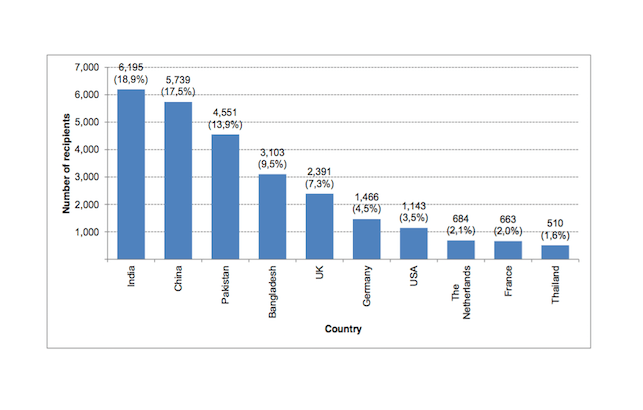European exploration of the African coast began in the 13th century when Portugal committed itself to discover an alternative route to the silk road that would lead to China. In the 14th and 15th century, Portuguese explorers traveled down the west African Coast, detailing and mapping the coastline and in 1488 they rounded the Cape of Good Hope.
The discoveries of diamonds and gold in the nineteenth century had a profound effect on the fortunes of the region, propelling it onto the world stage and introducing a shift away from an exclusively agrarian-based economy towards industrialisation and the development of urban infrastructure.
The first European settlers – Dutch farmers sent to re-provision ships of the Dutch East India Company – arrived at the Cape in 1652. They were joined in 1688 by Huguenots (French Protestant refugees), followed by groups from Belgium, Britain, France and Germany, and augmented by often highly skilled slaves from Indonesia and Malaya.

Temporary Residency – Top 10 Countries: Overseas
In 1805, the British inherited the Cape as a prize during the Napoleonic Wars,again seizing the Cape from the French controlled Kingdom of Holland which had replaced the Batavian Republic.
British sovereignty of the area was recognised at the Congress of Vienna in 1815, the Dutch accepting a payment of 6 million pounds for the colony. As one of their first tasks they outlawed the use of the Dutch language in 1806 with the view of converting the European settlers to the British language and culture.
The discovery of gold in February 1886 at a farm called Langlaagte on the Witwatersrand in particular precipitated a gold rush by prospectors and fortune seekers from all over the world.
The working environment of the mines, meanwhile, as one historian has described it, was “dangerous, brutal and onerous”, and therefore unpopular among local black Africans. Recruitment of black labour began to prove difficult, even with an offer of improved wages. In mid-1903 there remained barely half of the 90,000 black labourers who had been employed in the industry in mid-1899. The decision was made to start importing Chinese indentured labourers who were prepared to work for far less wages than local African labourers. The first 1,000 indentured Chinese labourers arrived in June 1904. By January 1907, 53,000 Chinese labourers were working in the gold mines.
South Africa hosts a sizeable refugee and asylum seeker population. According to the World Refugee Survey 2008, published by the U.S. Committee for Refugees and Immigrants, this population numbered approximately 144,700 in 2007.
Find unclaimed money left by your ancestors in dormant accounts. Let’s start searching now
9,511X
Register now and find lost inheritance left by your ancestors in financial institutions.





